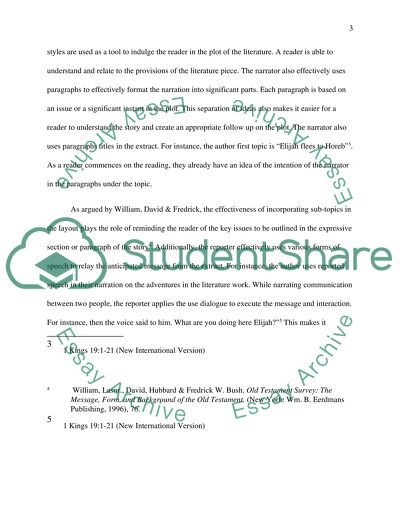Cite this document
(“Literary Analysis, 1 Kings 19 1 - 21 Essay Example | Topics and Well Written Essays - 1250 words”, n.d.)
Retrieved from https://studentshare.org/religion-and-theology/1486963-literary-analysis
Retrieved from https://studentshare.org/religion-and-theology/1486963-literary-analysis
(Literary Analysis, 1 Kings 19 1 - 21 Essay Example | Topics and Well Written Essays - 1250 Words)
https://studentshare.org/religion-and-theology/1486963-literary-analysis.
https://studentshare.org/religion-and-theology/1486963-literary-analysis.
“Literary Analysis, 1 Kings 19 1 - 21 Essay Example | Topics and Well Written Essays - 1250 Words”, n.d. https://studentshare.org/religion-and-theology/1486963-literary-analysis.


